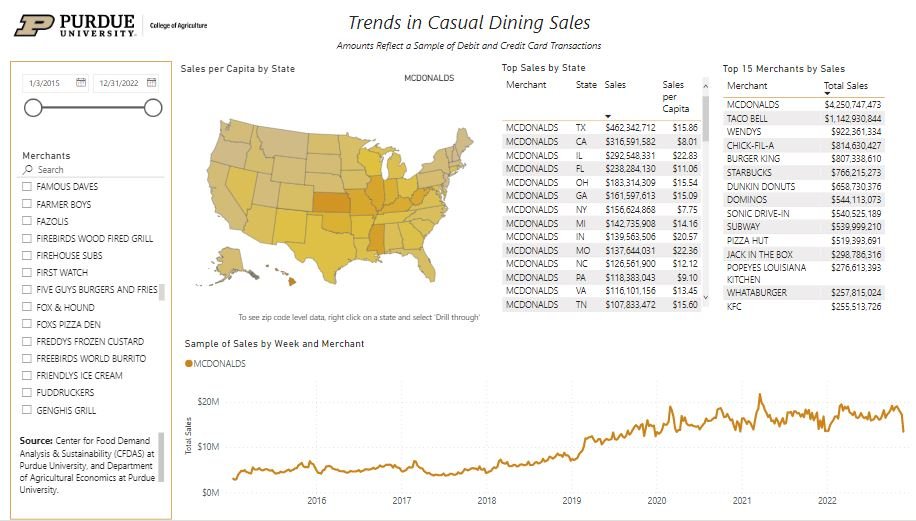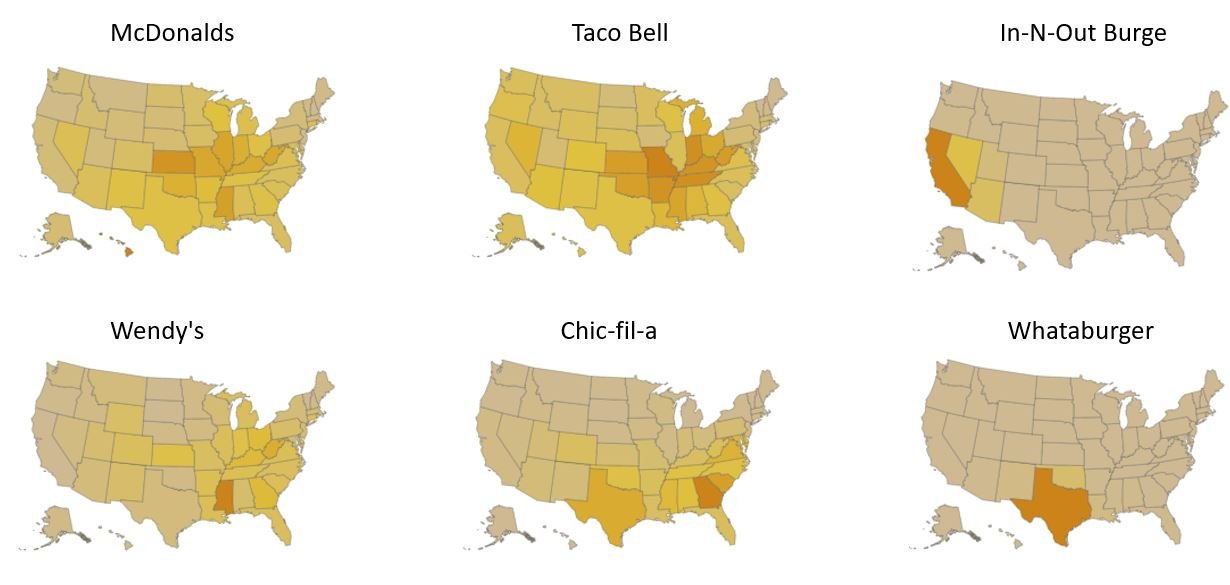About a month ago, Tamar Haspel re-opened a debate on the merits (or, rather, demerits) of junk food advertising to children in her regular Washington Post column. My intent is not to take issue with anything written there per se, but rather to bring up a dimension to this debate she didn’t address.
Even if accepts the premise that “advertising works”, and increases the rate at which people buy junk food, that knowledge is insufficient to understand the impacts of an advertising ban for at least two reasons. First, what will people consume instead once ads are banned, and what is the cost and healthfulness of the newly purchased items? Second, how will food manufacturers and consumers respond to the ban?
In a paper back in 2014, Vincent Réquillart and Louis-Georges Soler, while very much in favor of policies aimed at promoting healthy eating, do a good job describing the various ways that food companies might respond to advertising bans or taxes. Companies don’t just “sit still.” For example, if a firm can no longer advertise, what happens to the money the previously spend in this way? Perhaps they invest in cost savings technologies that allow them to lower the price of the food, which would encourage additional consumption. Or, unable to compete by advertising, firms may engage in more price competition, again driving down prices and bringing more consumers into the market - presumably the opposite of the intended effect of the policy.
A couple years ago, Pierre Dubois, Rachel Griffith, and Martin O’Connell published a very careful and through paper in the Review of Economic Studies on this very topic by studying advertising on potato chips in the U.K. They found that an advertising ban would lower the share of consumers buying potato chips by about 5.3 percentage points; however, they also estimated that in response to the ban, firms would lower chip prices, which would bring more consumers back to the chip market, making the net effect of the advertising ban only a 4 percentage point reduction on the share of shoppers buying chips.
So far so good if the goal is an overall reduction in chip buying. However, they also showed that the advertising ban (after all the anticipated price changes) would increase consumption of other unhealthy products by about 2.7 percentage points. The problem, as they point out, is that “these alternative snacks are, on average, less healthy than potato chips (their mean nutrient score is 20 compared to around 14 for potato chips).”
They offer a solution to this problem: a broader ban on advertising to include all “junk food,” however it is unclear which foods would be deemed “junk.” And, the broader point remains: there will likely be offsetting price effects, albeit perhaps not large enough to completely offset the impacts of the lack of advertising.
Ultimately, Tamar ends her piece making a moral argument, and insofar as advertisements aimed at kids, she raises some good points. Still, it is important to recognize policies often have unintended effects. Neither companies nor consumers are passive bystanders in the face of policy changes. They respond, and if not in ways that completely offset the intended effects, at least in ways that can significantly dampen the intended effects.








